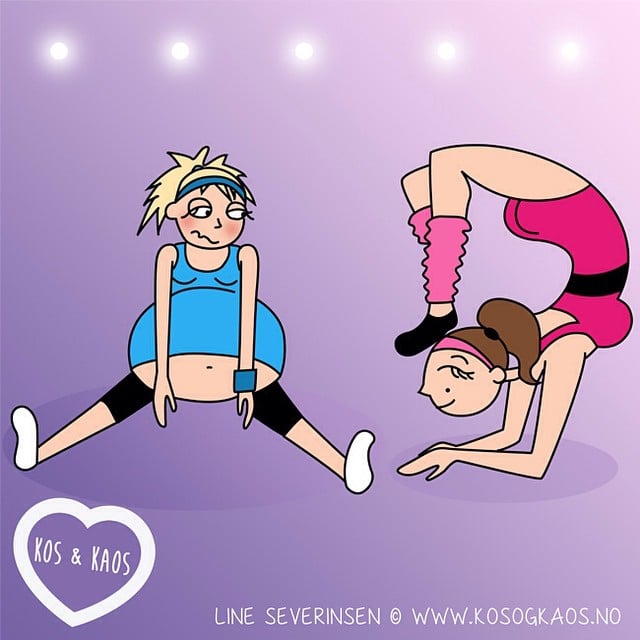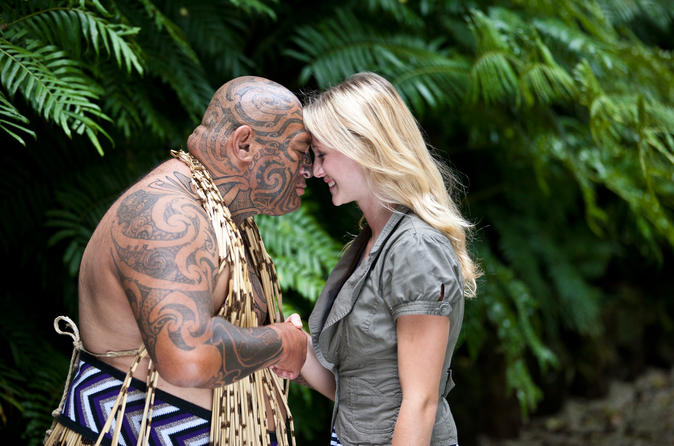My 32 Week Journey
MindLab - Post graduate Certificate in Applied Learning.
 The last 32 weeks have quite honestly been the best and the worst of my year. While relishing the contact with colleagues beyond my local cluster, the thought provoking resources and the robust discussions, I have struggled with the assignments as often the requirements did not fit comfortably within the scope of my work. Finding the rhythm that allowed me to read, consider and respond to resources, and complete the assessments took a wee bit of time.
The last 32 weeks have quite honestly been the best and the worst of my year. While relishing the contact with colleagues beyond my local cluster, the thought provoking resources and the robust discussions, I have struggled with the assignments as often the requirements did not fit comfortably within the scope of my work. Finding the rhythm that allowed me to read, consider and respond to resources, and complete the assessments took a wee bit of time.I have found joy in the discussions and hearing from teachers about the challenges they face trying to implement changes in practice because of rigid processes that get in the way. It has been a great opportunity to reflect on our own school and see what obstacles are getting in the way of innovative practice on our own place.
I have discovered many things about myself in the process; I was less flexible than I first thought and I had a set of beliefs about schooling and leadership that had gone largely unchallenged for a number of years. As a result of the learning my leadership has become more conscious, more purposeful, in the sense that I am considering style and purpose more, rather than doing things habitually.
In my role as the school principal, I have two sets of criteria that I am appraised against. As a registered teacher, I need to meet the 12 professional standards in the Practising Teacher's Criteria. I also have the four criteria for leadership practice that sit within the Kiwi Leadership model.
As well as being pedagogical leaders, principals are responsible for the day-to-day management of a broad range of policy and operational matters, including personnel, finance, property, health and safety, and the interpretation and delivery of the national curriculum.' (Kiwi Leadership)
The competing priorities of the job require some strongly held beliefs that guide decision making processes and time management to stay focussed on the most important aspects of the job. It is very easy to get bogged down with the mechanics of the job and run out of time for the most important aspect - pedagogical leadership. The other tasks could quite easily be completed by an expert in that field with little or no education background, but the pedagogical leadership and curriculum development is central to leading a successful school.
What are the priorities?
It is my task as the school leader to ensure that the environment and culture encourages opportunity to trial and iterate changes in practice. We need to have a growth mindset around investigation and teacher agency. We also need to remove the systems that get in the way of change, and look for ways that technology can assist us in engaging learners and working more efficiently.
- PTC Criteria 7 (Promote a collaborative, inclusive, and supportive learning environment)
- PTC Criteria 12 (Use critical inquiry and problem-solving effectively in professional practice)
What is next?
For our school, our next steps involve developing a culture where we celebrate change and challenge, for both students and teachers. We need to understand the psychology of change, including the 'joy' of the Pit, as explained by John Fisher in the diagram below.

For me personally, this involves further professional learning in collaborative leadership and gaining greater clarity around student and teacher agency. I am not sure yet if I am ready to continue my academic journey into a Masters Programme - still reeling from the commitment of the post-grad certificate. However I am committed to continuing my professional learning and truly being the Lead Learner in my school.
References:
Ministry of Education (nd). Practising teacher Criteria and e-learning . Retrieved from http://elearning.tki.org.nz/Professional-learning/
John Fisher, Process of Personal Transition, 2012. Retrieved form https://www.csu.edu.au/__data/assets/pdf_file/0006/949533/fisher-transition-curve-2012.pdf





